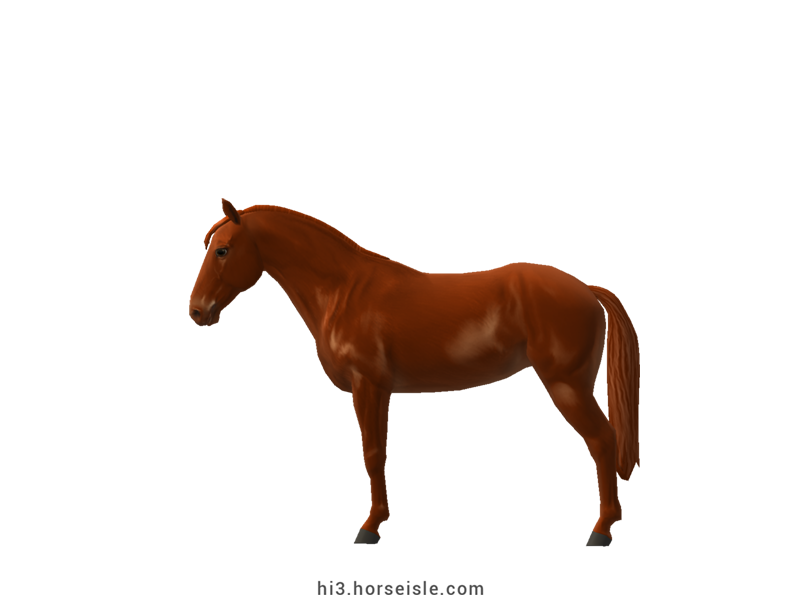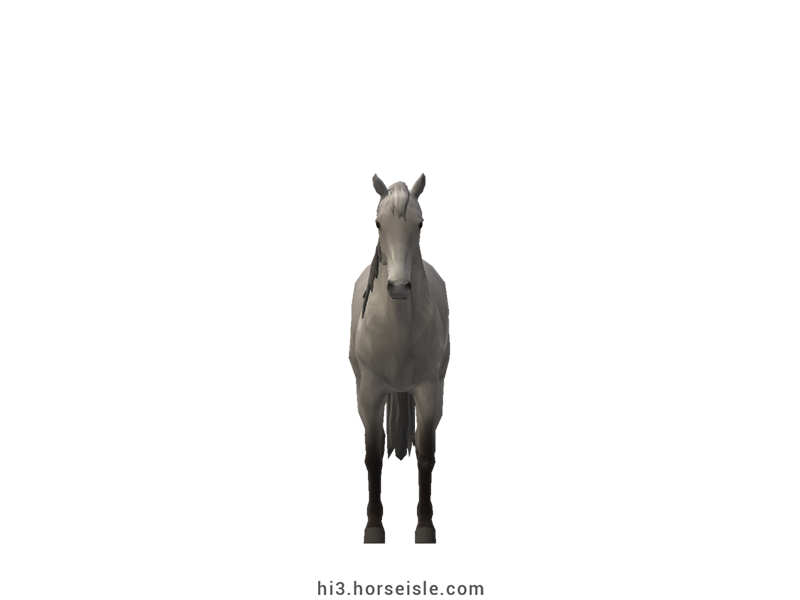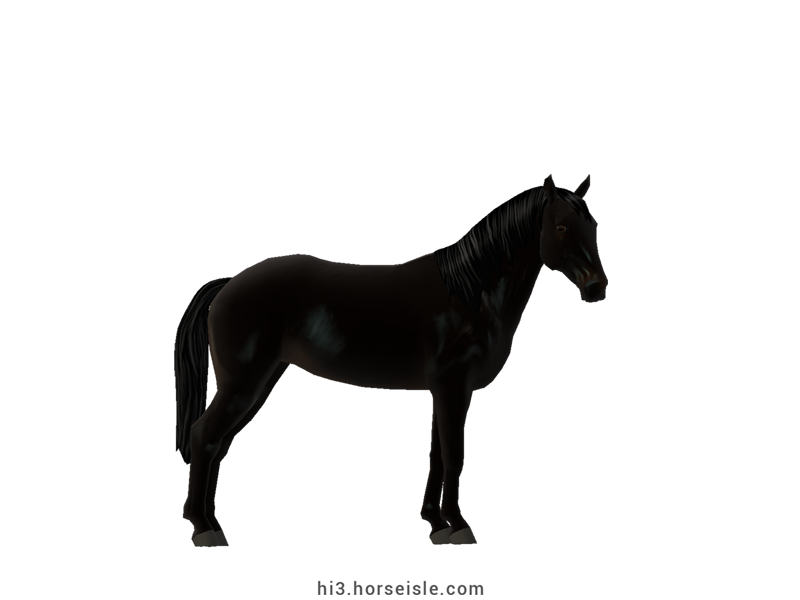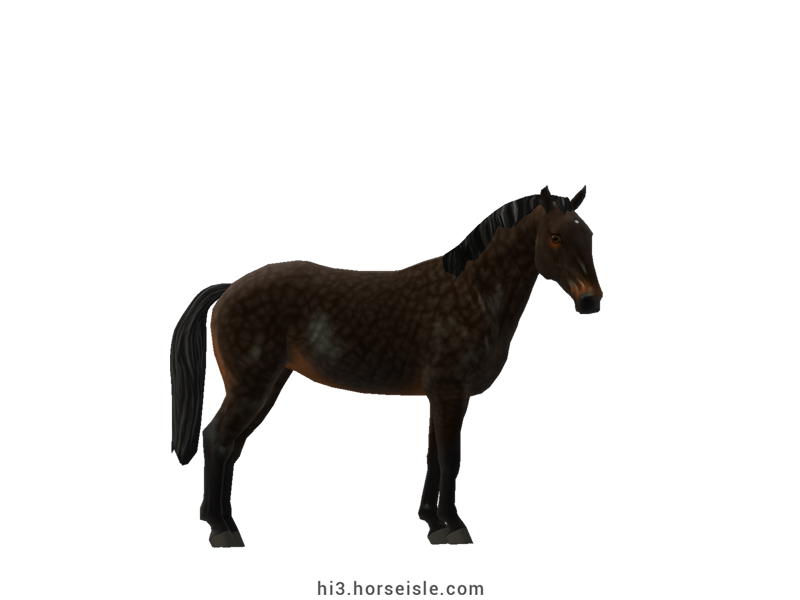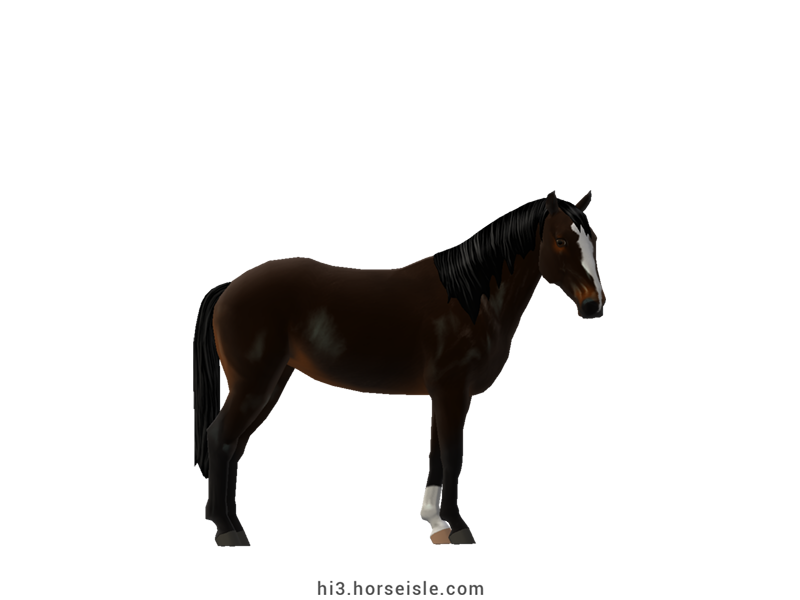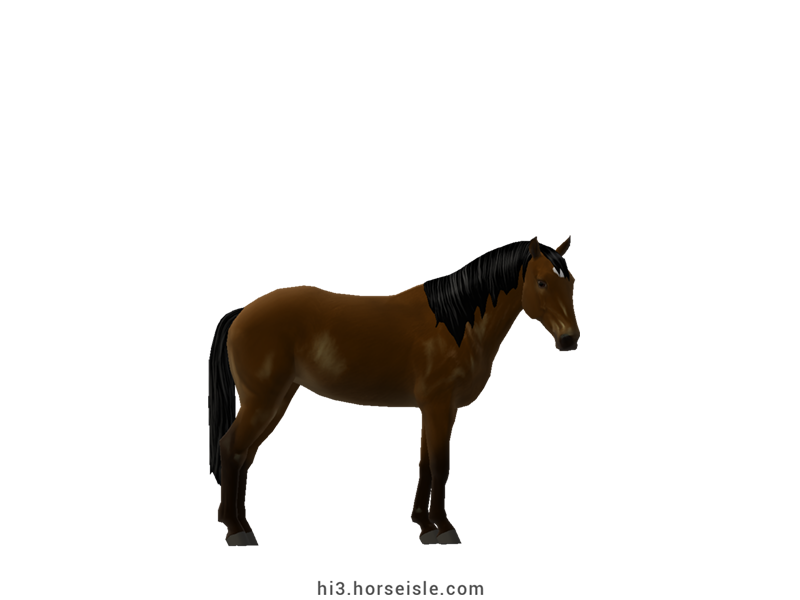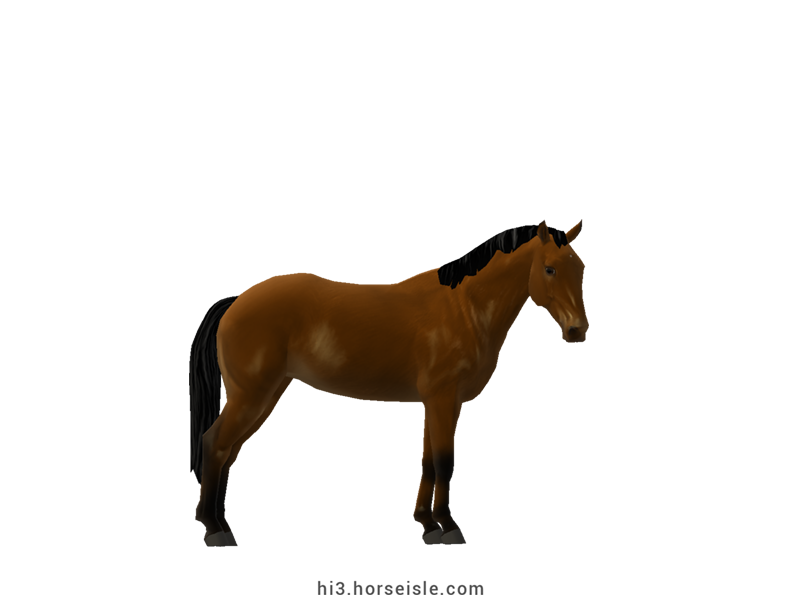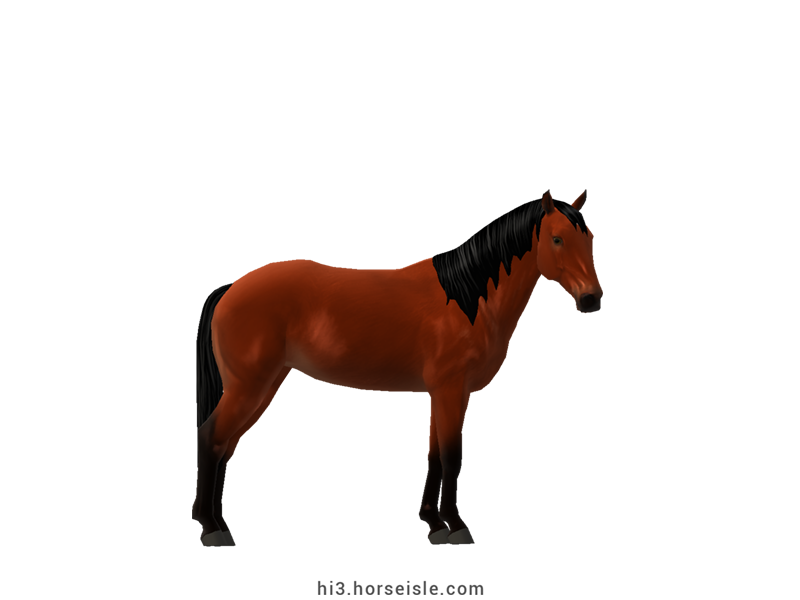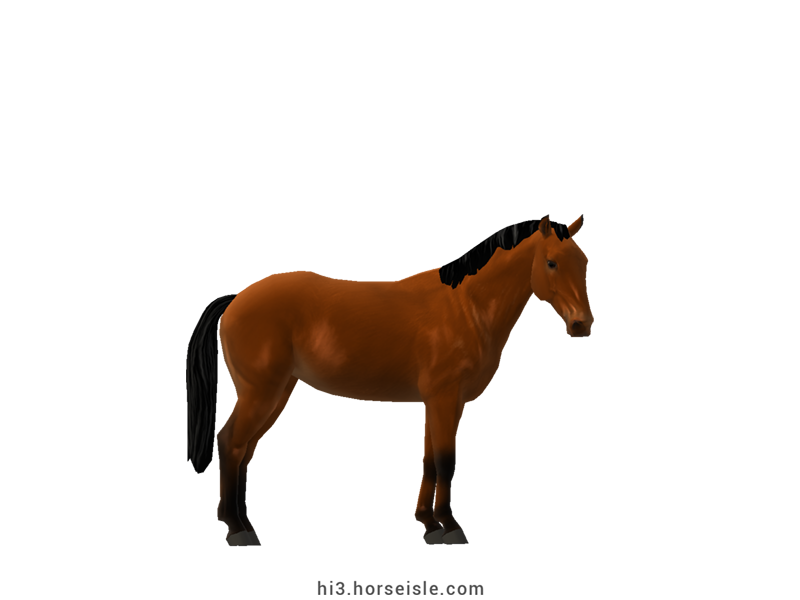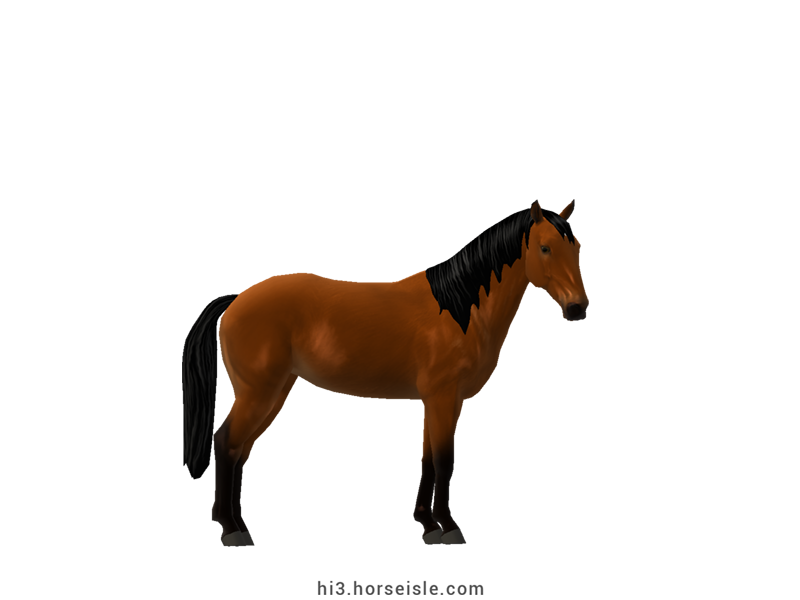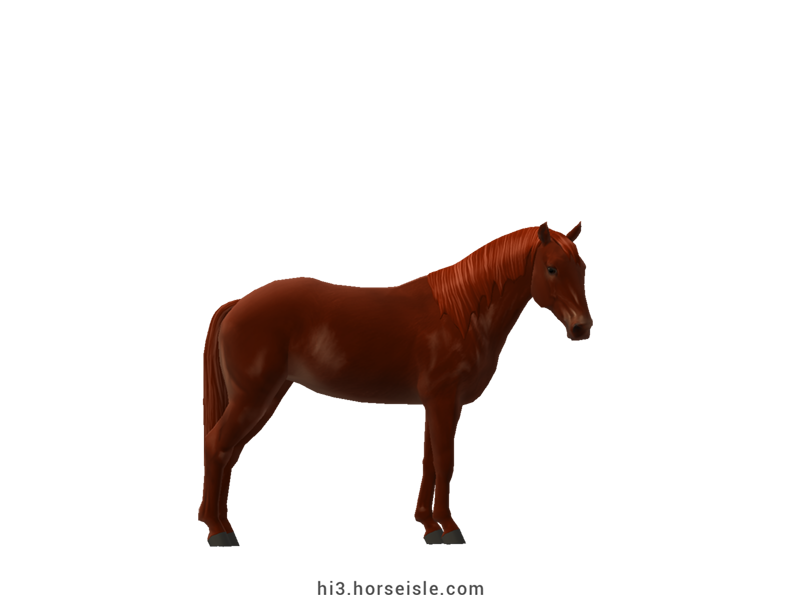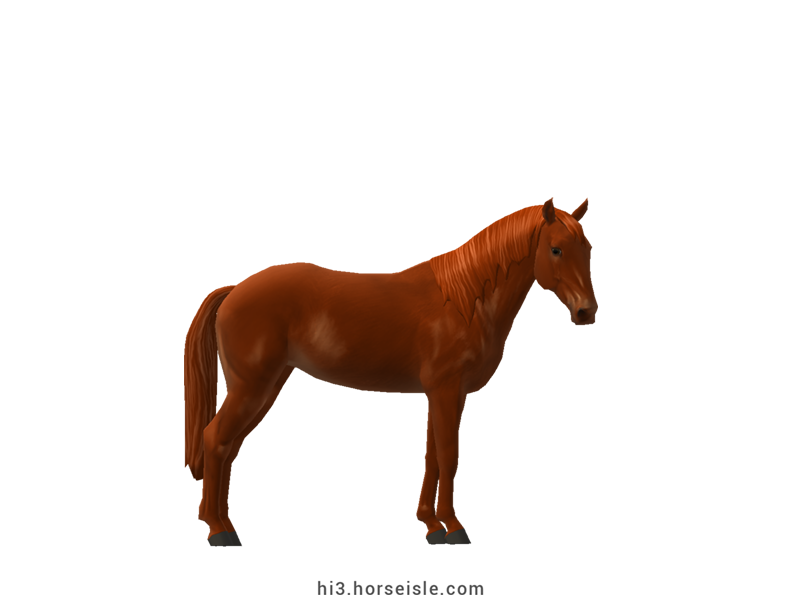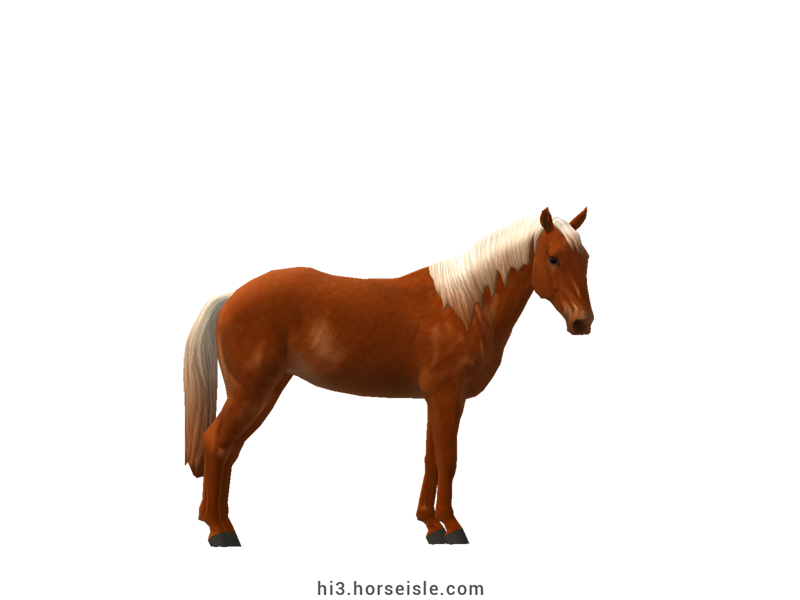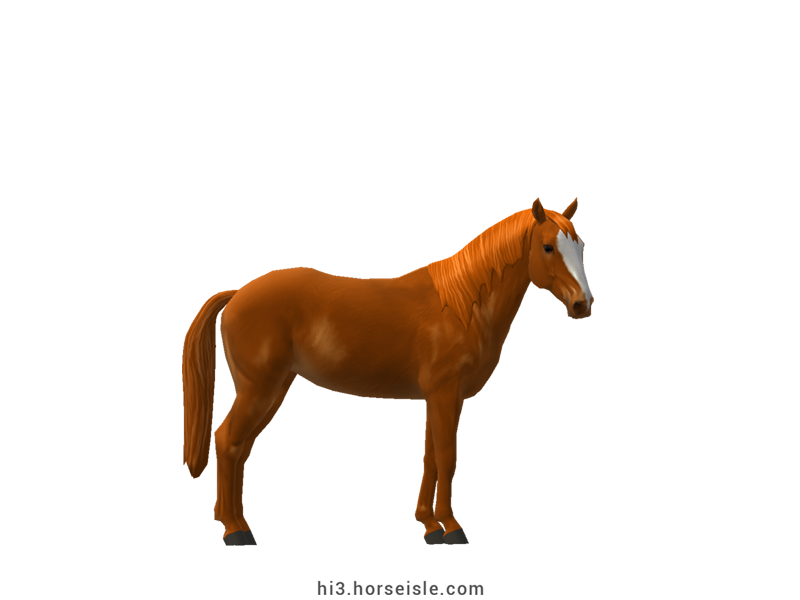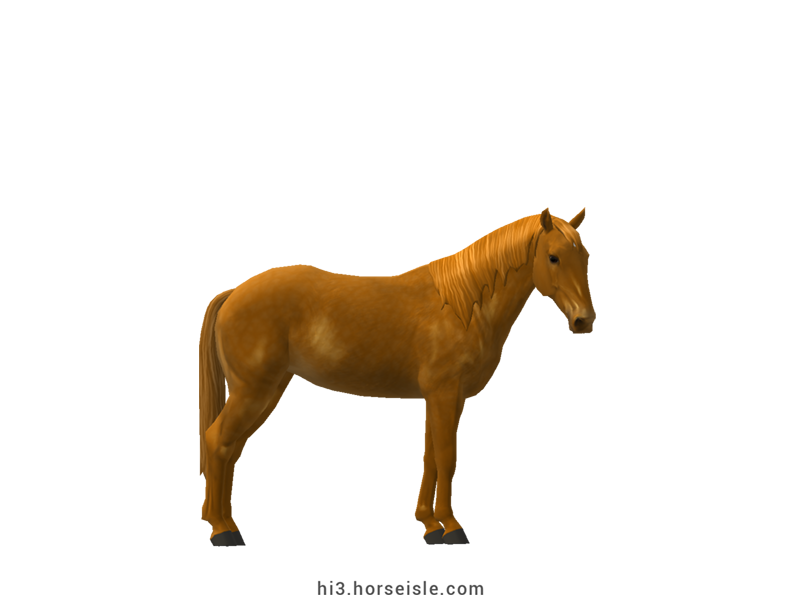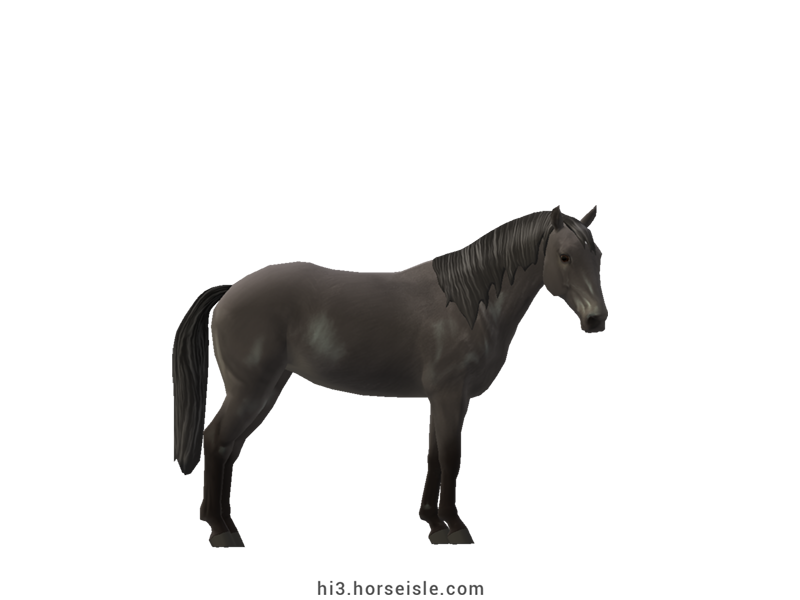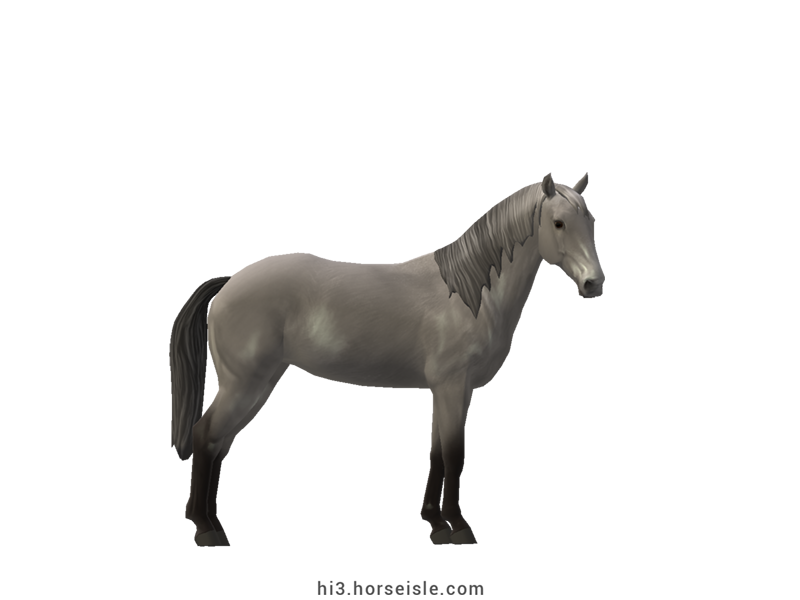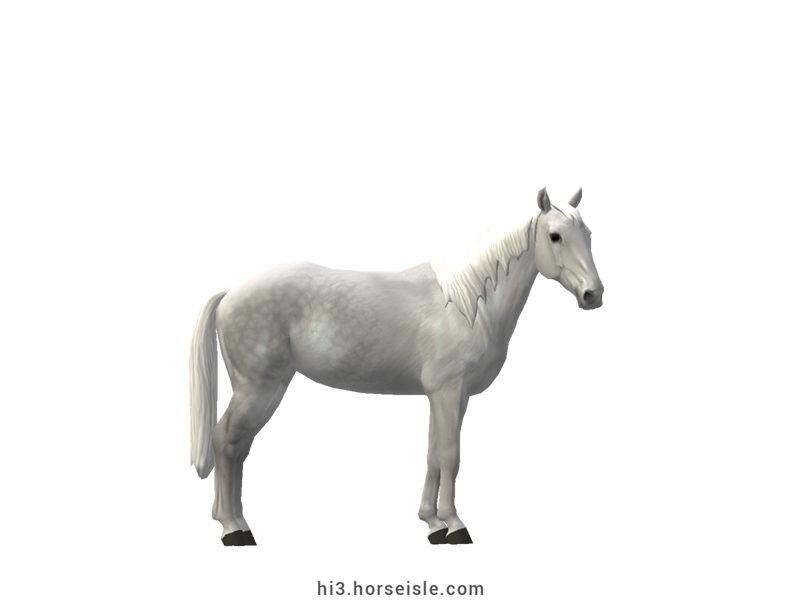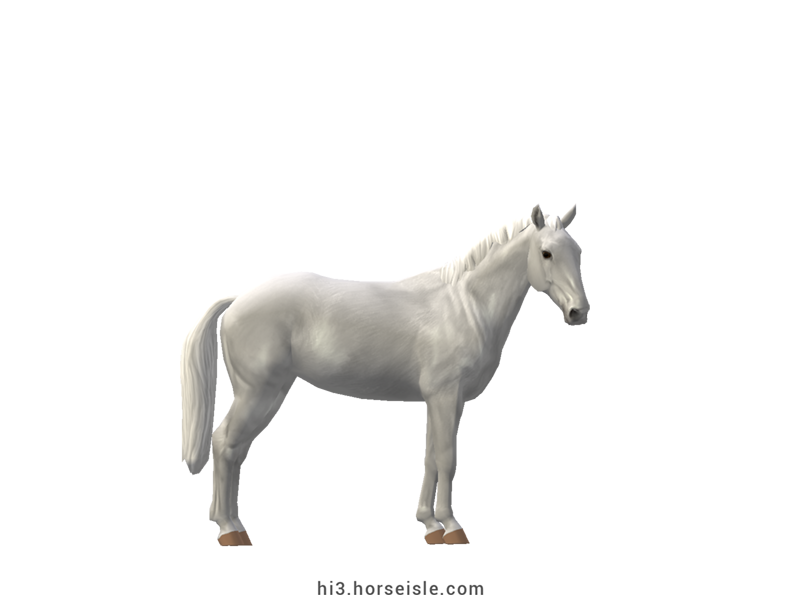Our Massive Real World Equine Reference!
[ INDEX ] Equine Type: Horse Breed: Barb [ PREV ] [ NEXT ]
The original Barb:
The Barb should not be confused with the Abaco-Barb, Barb-Arab, and Spanish-Barb, which are different breeds. In addition, while it is termed as an 'oriental' ('eastern') breed, it actually originated in the 'south' (Africa) and not in the 'east' (Asia).
Africa's oldest breed:
Many millennia ago, the coastline and lands of northwest Africa-- a region called Maghreb --were the complete opposite of the blazing and desolate seas of sand that we know today. Back at the time, northwest Africa was a lush welcoming region with forests, rivers, and, most importantly, plenty of pastures and lakes, thus comprising a heaven for horses. It was in this place that the ancestors of the Barb appeared at some point.
It is unknown whether these ancient horses originated at this place or were brought there by humans, nor whether they descended from the prehistoric horses of Asia (from which the Arabian subsequently developed) or were developed from a different prehistoric ancestor.
What is known is that the shifting climate played the greatest role in the development of the Barb. Over several millennia, the pasturelands of northwest Africa gradually transformed into a huge barren desert, known today as 'Sahara Desert'. The horses had to become frugal and to adapt to this new environment, which lacked water and vegetation. Out of these horses, the Barb was born.
Arriving at Europe:
A horse of great endurance and speed, and sufficient strength and agility, the Barb was a superior horse for crossing the desert. It was first introduced to Europe during the first decade of the 8th century, when Muslims from northwest Africa, aided by the Berber tribes who were riding Barb horses, invaded Spain. The Muslims proceeded to take over the Iberian Peninsula, and ruled the region until the 15th century.
During the Muslim reign, many Barb horses were brought to Europe, and this new breed attracted the attention of Iberian horse breeders. Being originated at the Barbary Coast, this new horse became known as 'Barb.'
Rising to fame:
In Europe, Barbs were crossed with Andalusian horses, and out of these crosses emerged the Spanish Barb. Barb blood was also used to refine and improve the Andalusian itself (see 'Andalusian'), which then proceeded to serve as an ancestor of various Iberian breeds. This is how the blood of the Barb ended up influencing all of the breeds developed in the Iberian Peninsula to a certain degree.
By the end of the 15th century, the Muslims fell from power and retreated from the Iberian Peninsula. The end of their reign marked a new chapter in the story of the Barb, who was about to become one of the most influential breeds in the entire world, being rivaled only by the Arabian (see 'Arabian').
An influential breed:
This chapter starts with the discovery of South America. The Spanish monarchy sent conquistadors to explore and conquer the new land, and these conquistadors brought with them horses of various breeds, including Barbs and Spanish-Barbs.
These horses then served as breeding stock from which various South-American and, later on, North-American breeds were developed. Today, most (if not all) American breeds have some degree of Barb blood in them.
Back in Europe, in 17th or 18th century England, a Barb stallion called Curwen's Bay was crossed with native British mares as part of the development of the Thoroughbred. This made the Barb one of the three founding breeds behind this all-time legendary racing breed (the two other breeds were the Turkmen and the Arabian; see 'Thoroughbred').
Falling out of fame:
With the constant development of new and improved breeds, the popularity of the Barb in Europe and the Americas declined, and this breed got forgotten. However, it still remained popular in the Maghreb region where several subtypes of Barbs were created, some of which still exist today. The most famous of them is the Moroccan type and after him the Algerian type.
As the centuries progressed, the numbers of Barb horses gradually declined in Africa, mainly because Barbs were crossbred with Arabians to form the more athletic Barb-Arab (see 'Barb-Arab'). The Barb, Africa's oldest breed, lost its fame for good.
The Barb today:
Today the Barb exists in small numbers in the southern regions of the Maghreb, but exists nonetheless.
Barbs are primarily used for recreational riding and for fantasias. The latter are events where a group of warriors in traditional clothing riding horses, mostly Barbs or Barb-Arabs, equipped with decorated tack, and charge with their horses in a straight line, at the end of which they shoot the air.
Conformation:
Barb horses have a long but slender head with a wide forehead that tapers into a small muzzle with large nostrils. The profile is either straight or convex, the jaw is large, and the ears sometimes curve slightly inwards.
The neck is arched, muscular, and connects to prominent withers. The back is short, the croup is sloping, and the tail is extremely low-set. The legs are long, and the hooves are small but strong. The mane and tail are often silky, but can sometimes be slightly wavy.
Performance metrics:
The following are the: range, average, (SD), and MOE of performance metrics of ordered Barbs in Horse Isle (not bred ones). In rare cases,
Speed: 15.2-17.2, 16.0 (0.4), 0.08.
Sprint: 35-67, 42 (4), 0.72.
Accel: 0.75-1.04, 0.82 (0.05), 0.01.
Decel: 0.82-1.04, 0.90 (0.03), 0.01.
Jump: 5.04-5.42, 5.15 (0.06), 0.01.
Pull: 1.48-2.62, 1.80 (0.18), 0.04.
Turning: 41.10-58.45, 46.06 (3.06), 0.60.
Reverse: 2.1-2.8, 2.4 (0.1), 0.03.
Stamina: 41.84-47.89, 44.73 (1.41), 0.28.
Reaction: 0.73-0.87, 0.78 (0.02), 0.00.
Coats & Height:
Colors: usually grey or bay in color, less often black, brown, and chestnut.
Additionals: flaxen, sooty, dark mane & tail. Coat is always solid.
Height: 13.1hh to 15.2hh
[ INDEX ] [ PREV ] [ NEXT ]

